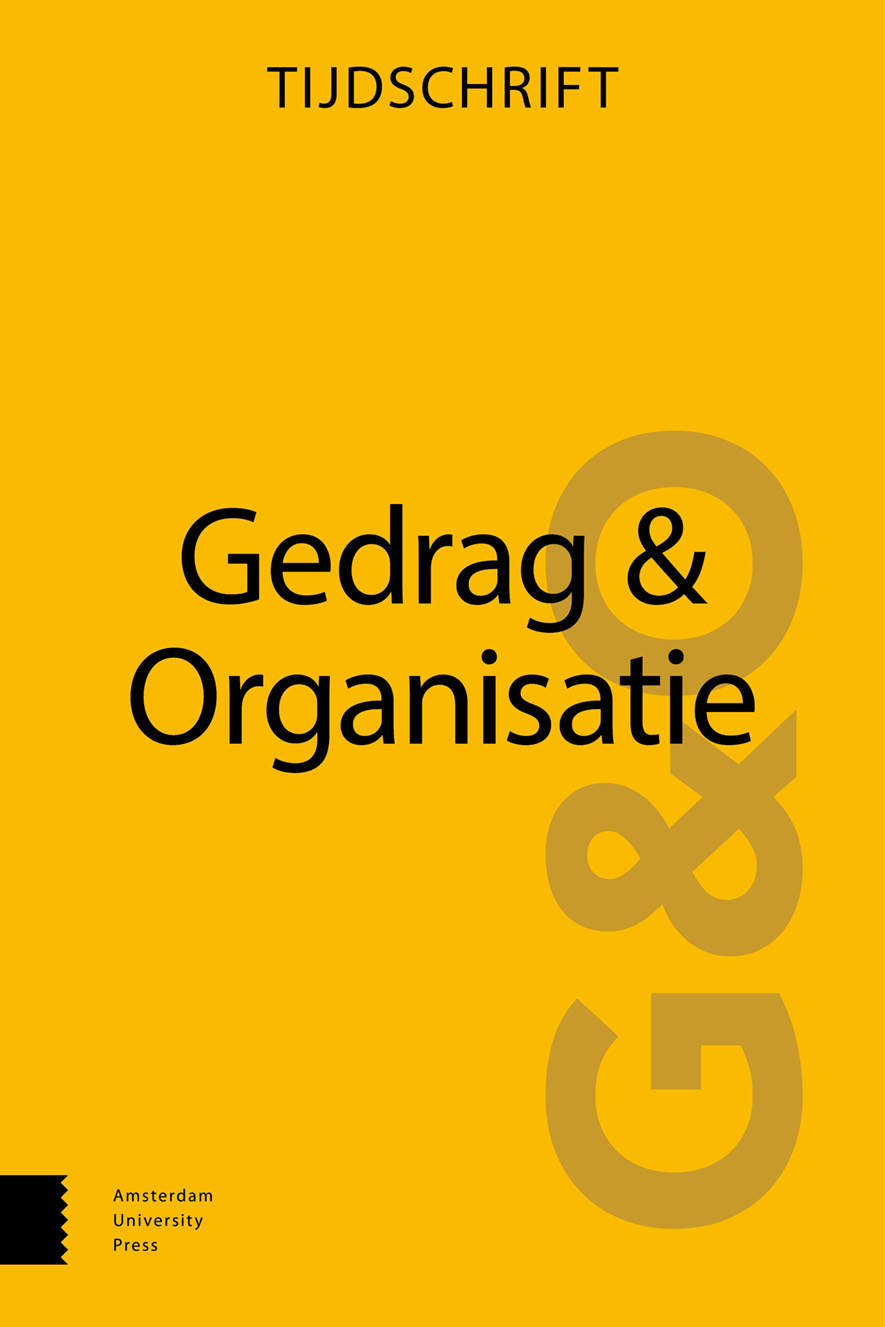
Full text loading...

In tijden van toenemende onzekerheid en maatschappelijke ontwikkelingen zoals globalisering, digitalisering en flexibilisering is gedegen onderzoek naar leiderschap misschien wel belangrijker dan ooit. Om daarin te slagen is het leiderschapsonderzoek volgens verschillende auteurs echter dringend aan verbetering toe. In deze kritische reflectie wordt aan de hand van de drie centrale begrippen beschreven waar de problemen liggen: concept, causaliteit en context. Tevens laten voorbeelden van recente studies zien hoe onderzoekers met deze uitdagingen om kunnen gaan. De kansen om de nieuwe leider van echte kleren te voorzien liggen voor het oprapen.

Article metrics loading...

Full text loading...
References


